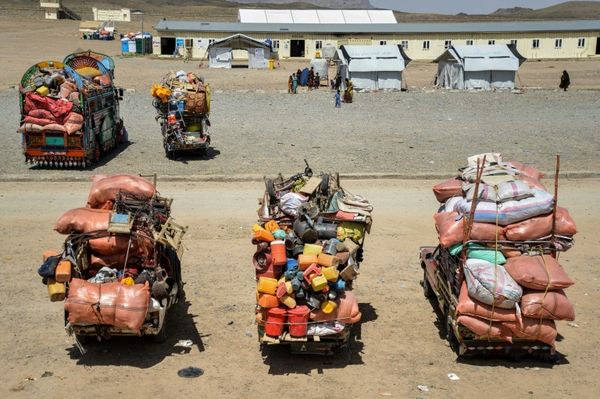ABOUT 500 WORDS
A metre was once defined as one ten-millionth of the distance from the equator to the North Pole. It doesn’t take great imagination to worry about precision here. The more geographically challenged you were, the greater the length of the metre.
Then it was defined as the distance between two scratches on a platinum-iridium bar kept in Paris. Now it is the distance light travels in a vacuum during one-299,792,458th of a second. Try convincing your tailor of that the next time you wish to get a bespoke suit for yourself.
The platinum-iridium bar made things simple. The alloy had the twin advantages of stability and hardness. It takes less than a second to understand that (the second being defined then as the natural resonance frequency of cesium 133).
Scientists and lawyers have to be precise in the use of terms; a misinterpretation of the former’s words might make the latter rich beyond dreams. As Samuel Beckett said, “In the landscape of extinction, precision is next to godliness.”
As precision increases, however, comprehensibility reduces. The speed of light and the natural resonance of cesium 133, however, still fall this side of lucidity.
Earlier, if you felt your grocer was cheating you with his dodgy one kilo weight, you could always compare it to the standard platinium-iridium cylinder kept underground near Paris. You could both make the trip and whoever was right could have his entire trip, stay and entertainment paid for by the other.
Now the definition of one kilogram involves Planck’s constant, the Avogadro number and stuff that has taken scientists themselves nearly half a century to understand. Your grocer stands no chance – and neither do you.
The latest to join the precision brigade is the second, of which we have 86,400 every day. We are giving time a second chance. The plan is to be able to express every unit – height, weight, distance, in terms of seconds.
Now the fun will really begin. Your grocer (probably not the same one who by this time would have given up his profession and turned to making grunting noises at passers-by) can, in future, give you a few seconds of potatoes. You will notice that you are a few seconds tall and that scientists will be arguing cases, leaving millions of seconds of lawyers out of a job.
Scientists assure us that by the year 2030 they will finally have a definition for the second, and by extension for everything connected to the second which is almost everything we know. Having done that, they will then turn to defining each human being precisely in terms of seconds. That might look like an exaggeration now, but could become commonplace while our greatgrandchildren learn the alphabet (which can also be defined in terms of seconds).
And once everything – colours, crocodiles, communication satellites, boxing gloves, TV remotes, bees, love, books, death and gardening hoses – is defined in seconds, there will be nothing left to do but destroy the world and start all over again.
(Suresh Menon is Contributing Editor, The Hindu).







